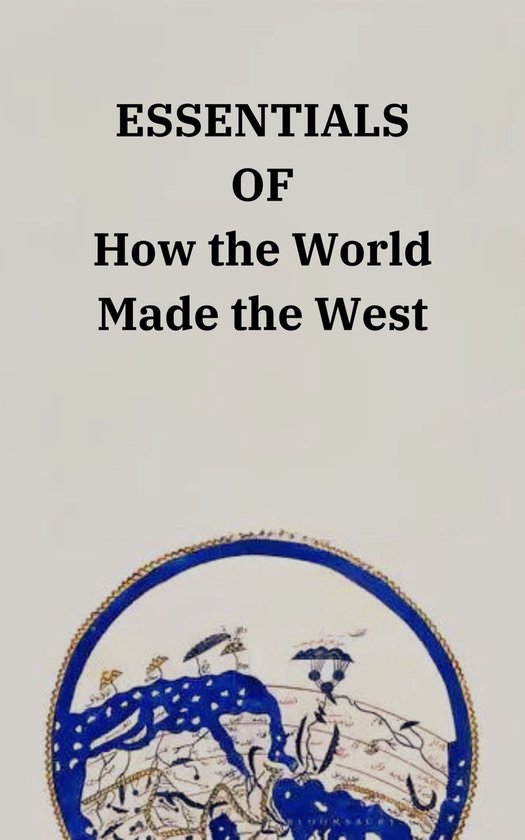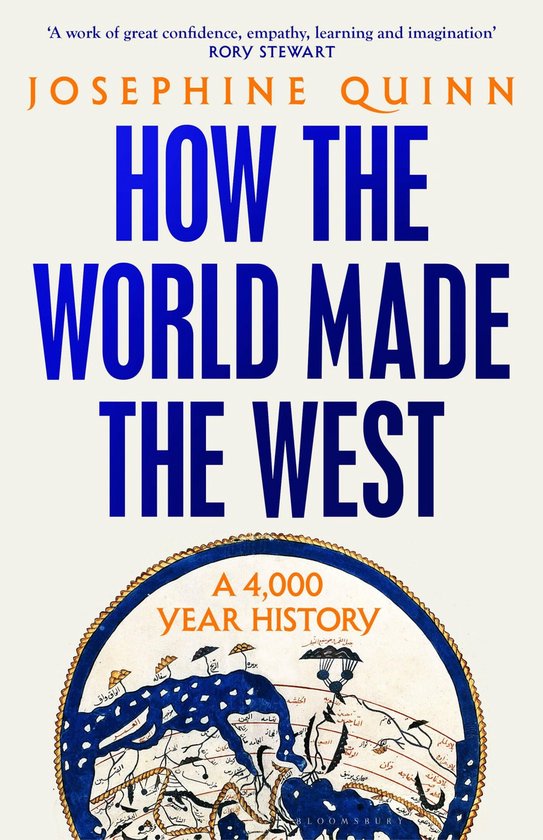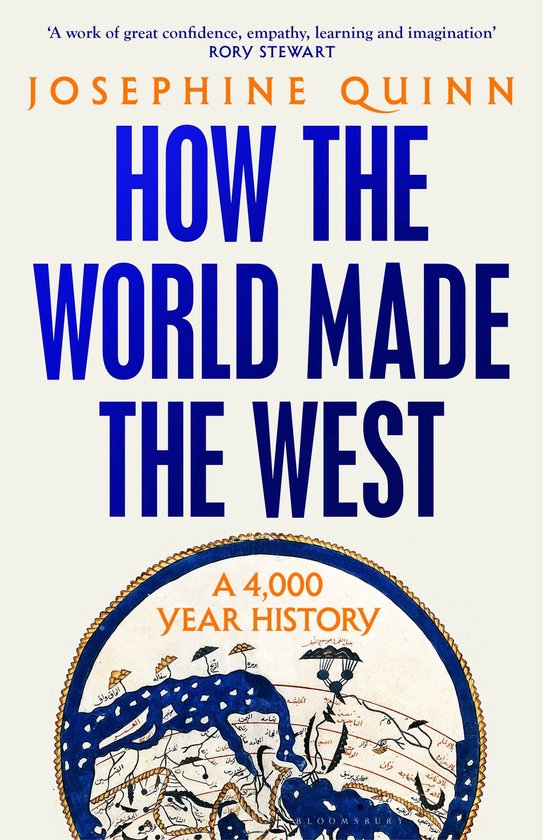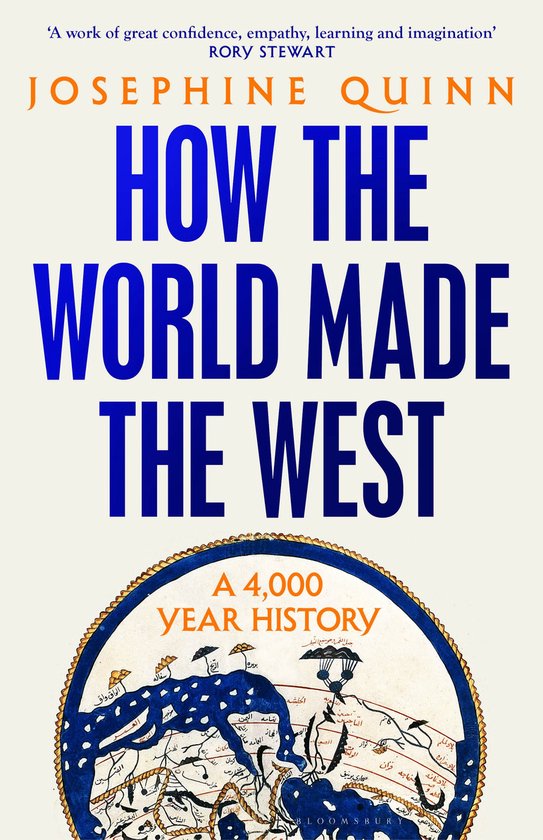
Essentials Of How the World Made the West
- The ancient Mediterranean world saw extensive contacts and exchanges between different peoples across the regions of Europe, North Africa, and Western Asia over many centuries, from the Bronze Age through Classical Antiquity. These interactions helped shape cultures and societies in profound ways.
- Major powers like the Persian Empire, Ptolemaic Egypt, Carthage, and the Roman Empire connected vast territories and brought unprecedented mixing of populations through trade routes, administrative networks, and military campaigns.
- City-states like Athens, Tyre, Massalia, and Syracuse emerged as hubs for commerce and cultural influence in their regions due to strategic locations and active participation in long-distance exchanges.
- Ideas, technologies, myths, and religious practices circulated widely among different peoples, often undergoing creative adaptation to local contexts. The sharing of crops, metals, navigation techniques, writing systems, and more had transformative impacts.
- Imperial expansion by powers like Persia, Carthage, and Rome stimulated both voluntary and forced migration over large distances. Cities like Rome became vastly cosmopolitan, with the majority of populations being immigrants by some points.
- Conflicts between major powers also reshaped landscapes, as seen with the Roman-Carthaginian Punic Wars and Roman conquest of Near Eastern kingdoms. Such events disrupted some exchange networks while opening opportunities for others to emerge.
- A shared pool of legends, deities, and migratory traditions developed across cultural boundaries, laying foundations for diverse traditions that influenced populations for millennia after. Movements of peoples shaped genetic ancestries in enduring ways.
| Auteur | | Ruby Wishmo |
| Taal | | Engels |
| Type | | E-book |
| Categorie | |


